Titan 23G space launch vehicles were refurbished decommissioned Titan 2 intercontinental ballistic missiles (ICBMs). The two-stage liquid fueled storable propellant launchers were able to lift about 1.9 metric tons (tonnes) into polar low-Earth orbit from Vandenberg Air Force Base in California.

141 Titan 2 ICBMs were manufactured by the Martin Marietta Company between 1962 and 1967. These airframes were used to test and deploy a weapon system that kept 54 missiles on ready-to-fire alert in underground silos for more than 20 years. Each missile carried a 3.8 tonne “payload” consisting of a 9 megaton (estimated) yield W-53 thermonuclear warhead, believed to be the U.S.A’s most powerful warhead, housed in a Mark 6 reentry vehicle. Titan 2 had a range of more than 9,000 km.
The Titan 2 ICBM system was deactivated during a process that began in July 1982 and ended in June 1987. During the lifetime of the program, 83 missiles had either been expended in tests or destroyed in accidents. The remaining airframes were stored at Davis-Monthan Air Force Base in Tucson, Arizona. In 1986, Martin Marietta (later Lockheed Martin) was awarded a contract to harvest the stored ICBM hardware to create 14 refurbished Titan 2 government space launch vehicles.
Titan 2 modifications included replacement of the reentry vehicle adapter atop the second stage with a payload fairing adapter, construction of a new 3.05 meter diameter payload fairing, refurbishment and upgrading of the inertial guidance system, and refurbishment of the first and second stage engines. Space Launch Complex 4 West at Vandenberg AFB was modified to support launches.
The Titan first stage was powered by an Aerojet LR87-AJ-7 engine, consisting of two independently operated sets of turbopump/thrust chambers mounted on a common frame. The engines burned nitrogen tetroxide (N2O4) oxidizer with unsymmetrical dimethyl hydrazine (UDMH) fuel to produce a total of 215 tonnes of thrust in vacuum. Gas generators drove the turbopumps. The thrust chambers gimbaled for pitch, yaw, and roll control.
The second stage used a single 45.25 tonne thrust Aerojet LR91-AJ-5 engine. The engine used a single turbopump and thrust chamber. The main thrust chamber provided pitch/yaw control. Turbopump exhaust passed through a rotating nozzle to provide roll control.
Stage 2 engine ignition occurred while the second stage was still attached to the first stage and first stage engine thrust was decaying. Exhaust vents in the first stage forward skirt and interstage allowed the second stage engine to build up thrust while the still-firing first stage engine forced second stage propellants into the second stage turbopump inlets. This was called the “fire in the hole” staging method.
The first Titan 23G launch occurred on September 4, 1988. The 13th and final launch took place on October 18, 2003. Six of the missions used two-stage Titans. The other seven included a Star 37 solid rocket motor that acted as a third stage. All of the Titan stages flew flawlessly, but one 1993 launch failed to orbit its Landsat 6 payload when the Star 37 motor failed.
In 2005, the 14th, unused Titan 23G (tail number 23G-10) was donated to The Evergreen Aviation Museum in McMinnville, Oregon, home of the Hughes “Spruce Goose”. It joined at least four other Titan 2 ICBMs on display at museums across the country.
Also read: Titan – Pentagon Workhorse
Vehicle Configurations
| LEO Payload (metric tons) 185 km x (1) 28.5 deg (2) 90 deg | Escape Payload (metric tons) | Configuration | LIftoff Height (meters) | Liftoff Mass (metric tons) | |
| Titan 23G | 3.75 t (1) 1.9 t (2) | 0.23 t | 2 stage Titan 2 ICBM + PLF | 31.4 m | 150 t |
Vehicle Components
| Titan 2 Stage 1 | Titan 2 Stage 2 | Payload Fairing | |
| Diameter (m) | 3.049 m | 3.049 m | 3.049 m |
| Length (m) | 21.39 m | 7.3 m | 6.10 m/9.15 m |
| Empty Mass (tonnes) | 4.76 t | 2.76 t | |
| Propellant Mass (tonnes) | 112.26 t | 26.76 t | |
| Total Mass (tonnes) | 117.02 t | 29.03 t | |
| Engine | LR87-AJ-7 | LR91-AJ-5 | |
| Engine Mfgr | Aerojet | Aerojet | |
| Fuel | Aero 50 | Aero 50 | |
| Oxidizer | N2O4 | N2O4 | |
| Thrust (SL tons) | 195.01 t | ||
| Thrust (Vac tons) | 214.97 t | 45.35 t | |
| ISP (SL sec) | 258 s | ||
| ISP (Vac sec) | 296 s | 316 s | |
| Burn Time (sec) | 139 s | 180 s | |
| No. Engines | 1 (2 chmbr) | 1 |
Titan 23G Launch Log
All Titan 23G space launch vehicles lifted off from Vandenberg SLC 4W
DATE VEHICLE ID PAYLOAD ORBIT** ------------------------------------------------------------ 9/5/88 Titan 23G G-1 USA 32 LEO/P 9/6/92 Titan-23G G-2 USA 45 LEO/P 4/25/92 Titan-23G G-3 USA 81 LEO/P 10/5/93 Titan 23G/Star-37 G-5 Landsat 6 (FTO) (1) 1/25/94 Titan 23G G-11 Clementine 1 HCO 4/4/97 Titan 23G/Star-37 G-6 DMSP-5D2 14 LEO/P 5/13/98 Titan 23G/Star-37 G-12 NOAA 15 (K) LEO/S 6/20/99 Titan 23G G-7 QuikSCAT LEO/S 12/12/99 Titan 23G/Star-37 G-8 DMSP-5D3 15 LEO/P 9/21/00 Titan 23G/Star-37 G-13 NOAA 16 (L) LEO/S 6/24/02 Titan 23G/Star-37 G-14 NOAA 17 (M) LEO/S 1/6/03 Titan 23G G-4 Coriolis LEO/P 10/18/03 Titan 23G/Star-37 G-9 DMSP-5D3 16 LEO/P ------------------------------------------------------------ (1): Star-37XFP-ISS kick-motor malfunctioned



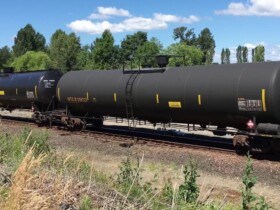
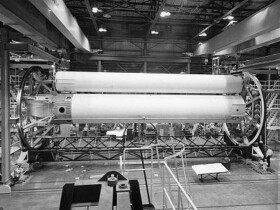


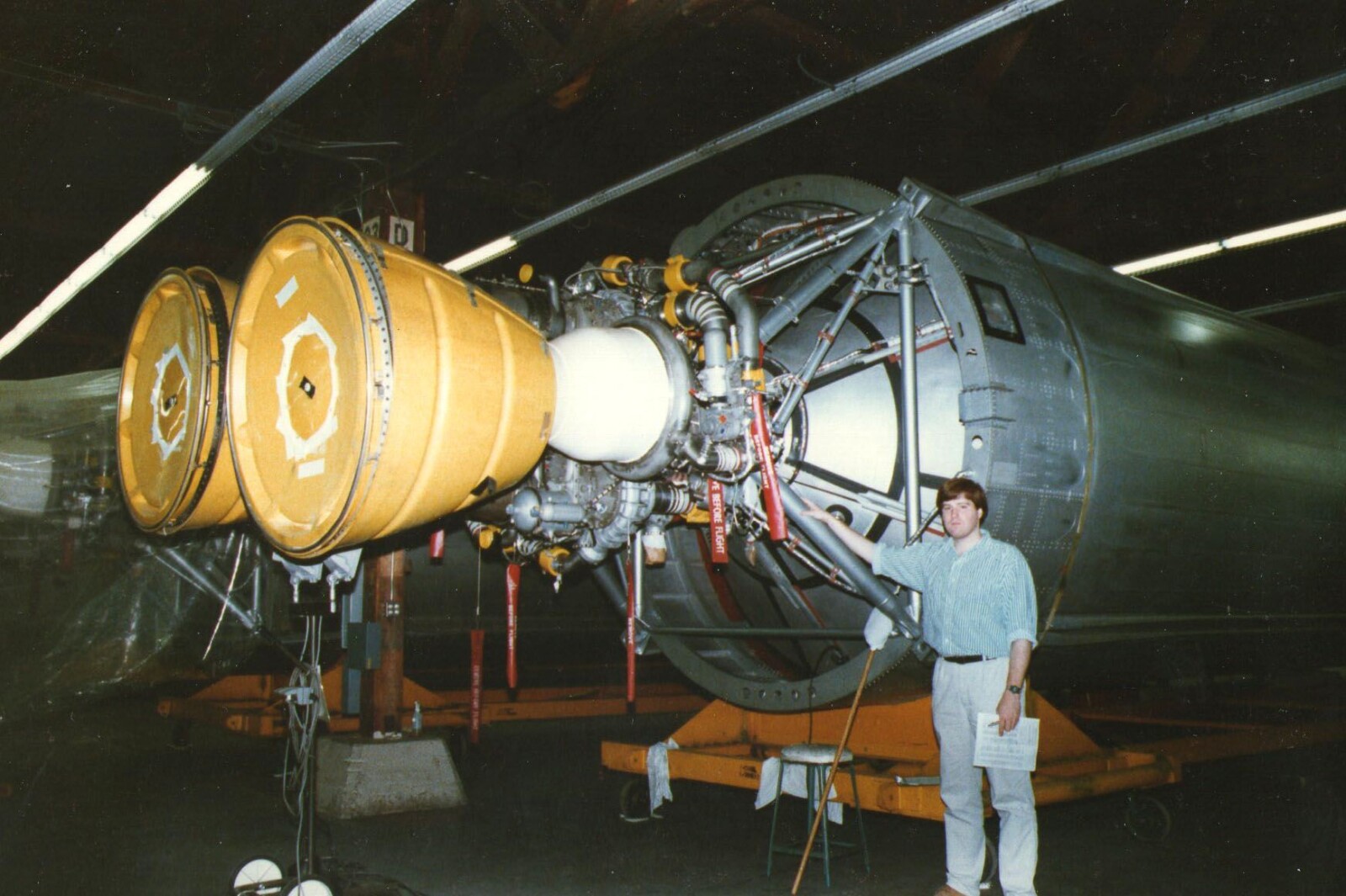
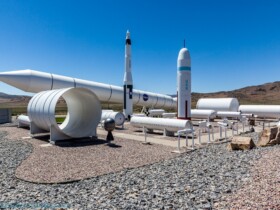






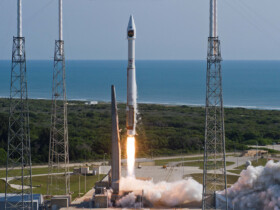
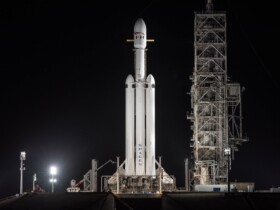
Got a Questions?
Find us on Socials or Contact us and we’ll get back to you as soon as possible.